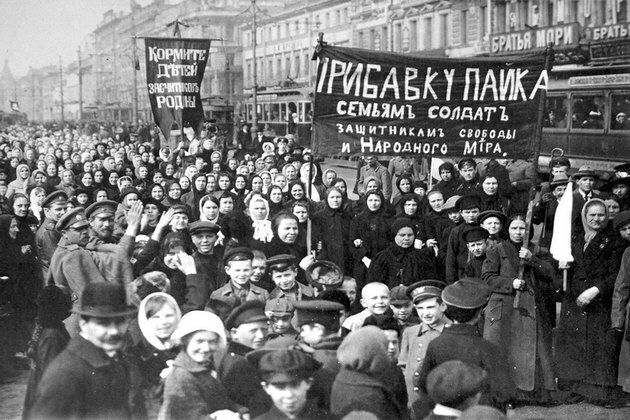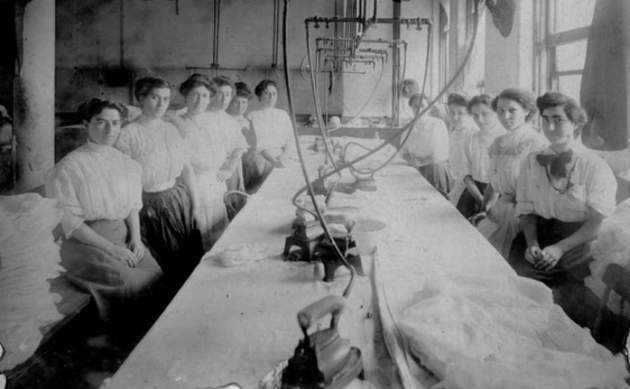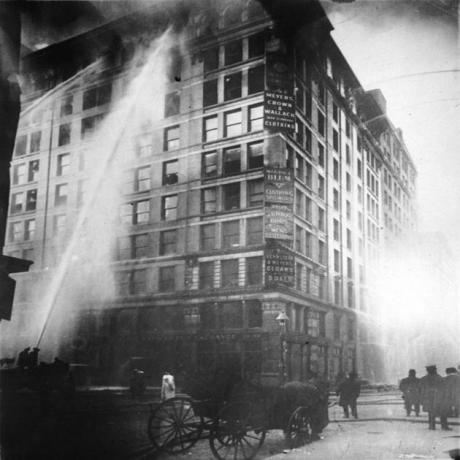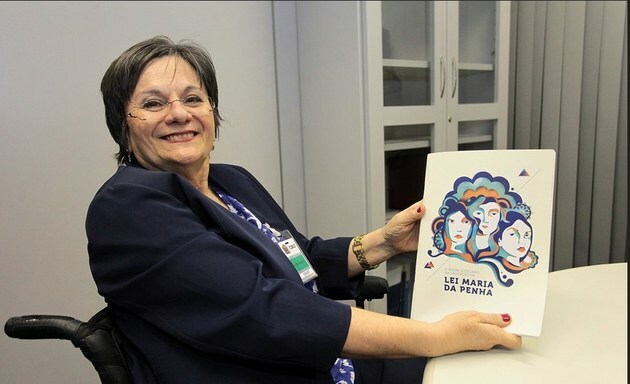O International Women's Day is celebrated worldwide on the day March 8th.
The date highlights the importance of women in society and the history of the struggle for their rights. It is common on that day, people honored women with flowers, gifts, messages and phrases.
In some places, there are conferences and events dedicated to the themes of gender equality, violence against women, achievements and stories of struggle, feminism, etc.
Origin of Women's Day
The origin of International Women's Day is fraught with controversy. Some associate the emergence of the date with the strike of women who worked in New York at the Triangle ShirtwaistCompany and, consequently, to the fire that occurred in 1911.
Others indicate that it emerged in the Russian Revolution of 1917, which was marked by various demonstrations and demands on the part of working women.
In day March 8, 1917 about 90,000 Russian workers roamed the streets demanding better working and living conditions, while demonstrating against the actions of Tsar Nicholas II.
This event, which gave rise to the date, became known as "Bread and Peace". This is because the protesters were also fighting hunger and the first world war (1914-1918).
Furthermore, as a result of a misunderstanding made by German and French newspapers, a myth was created around the day March 8, 1857, when a strike was supposed to have taken place, which actually did not occur.

Although there are different versions about the origin of the date, both movements had the objective of warning about the unhealthy state of work that women were subjected to.
Here, the long working hours and the low wages they received stand out. Therefore, the struggle of these workers focused on the search for better living and working conditions, in addition to the right to vote.
Given this panorama, the creation of a day dedicated to the struggle of women was outlined by manifestations that occurred concomitantly in the United States and in several cities in Europe at the end of the 19th century and the beginning of the 20th century.
Movement in the United States
Before the Russian workers' movement, in 1908 there was a strike by women who worked in the shirt-making factory called "Triangle ShirtwaistCompany", located in New York.

These workers sewed about 14 hours a day and were paid between $6 and $10 a week.
Thus, in addition to demanding better working conditions and a reduction in the workload, the employees sought to increase their salaries. That's because at that time, men were paid much more than women.
On February 28, 1909, the first celebration of women in the United States took place. This event was inspired by the strike by workers at the textile factory that had taken place the previous year.
Unfortunately, the movement ended tragically and on March 25, 1911, the factory caught fire with several women inside the building.
The result was the death of 146 people among the 500 who worked there, and of that number, about 20 were men. Most of the employees who died were Jewish immigrants and some were only 14 years old.

It is worth noting that the place was not prepared for a fire, as it did not have fire extinguishers, the lighting system was gas and still, people were allowed to smoke.
After the tragic incident, fire safety legislation was reformed and labor laws were revised and many achievements were gained.
Curiosity: did you know?
A year before this event, in 1910, the "II International Conference of Socialist Women". On the occasion, Clara Zetkin, from the German Communist Party, proposed the creation of a day dedicated to women.
However, the date was definitely established by the UN in the year 1975, in honor of the struggle and achievements of women. The choice of March 8, in turn, is related to the Russian workers' strike in 1917.
Maria da Penha Law
Overall, women's history was marked by submission as well as violence.
Despite the fact that women today have achieved many rights, the fight still continues, as they still suffer from prejudice, devaluation and disrespect.

In Brazil, it was in 1932, during the Getúlio Vargas government, that women acquired the right to vote. In 2006, in turn, Law No. 11,340, of August 7, 2006, popularly known as Maria da Penha Law. The name is a tribute to the pharmacist who suffered violence from her husband for years.
The law is considered a milestone in the history of Brazilian women's struggle against domestic violence.
See more at:
- violence against women
- femicide
Curiosities about Women's Day
- September 5th is the "International Indigenous Women's Day" established in 1983. The date is a tribute to the Quechua woman Bartolina Sisa, who was dismembered during the anti-colonial rebellion of Túpac Katari, in Alto Peru (present-day Bolivia).
- November 25th is the "International Day to Combat Violence against Women" established in 1981, at the "First Feminist Meeting of Latin America and the Caribbean", and officially adopted by the UN in 1999. The date marks the assassination of the Dominican revolutionaries "Irmãs Mirabal".
- July 25 is the "National Day of Tereza de Benguela and the Black Woman". The date, instituted in 2014, is a tribute to the quilombola leader who lived in Brazil in the 18th century.
- In 1908, in New York, around 15,000 women marched, claiming, among other rights, the right to vote. They paraded around holding loaves and roses, as bread represented economic stability, while roses meant a better quality of life. Therefore, this movement was known as "Bread and Roses".
- The World March of Women (WMM) is an international feminist movement that emerged in several countries on March 8, 2000, International Women's Day.
- In 2010 in Brazil, the World March of Women (MMM) was represented by the action of 3,000 women who walked 120 km for 10 days from São Paulo to Campinas.

